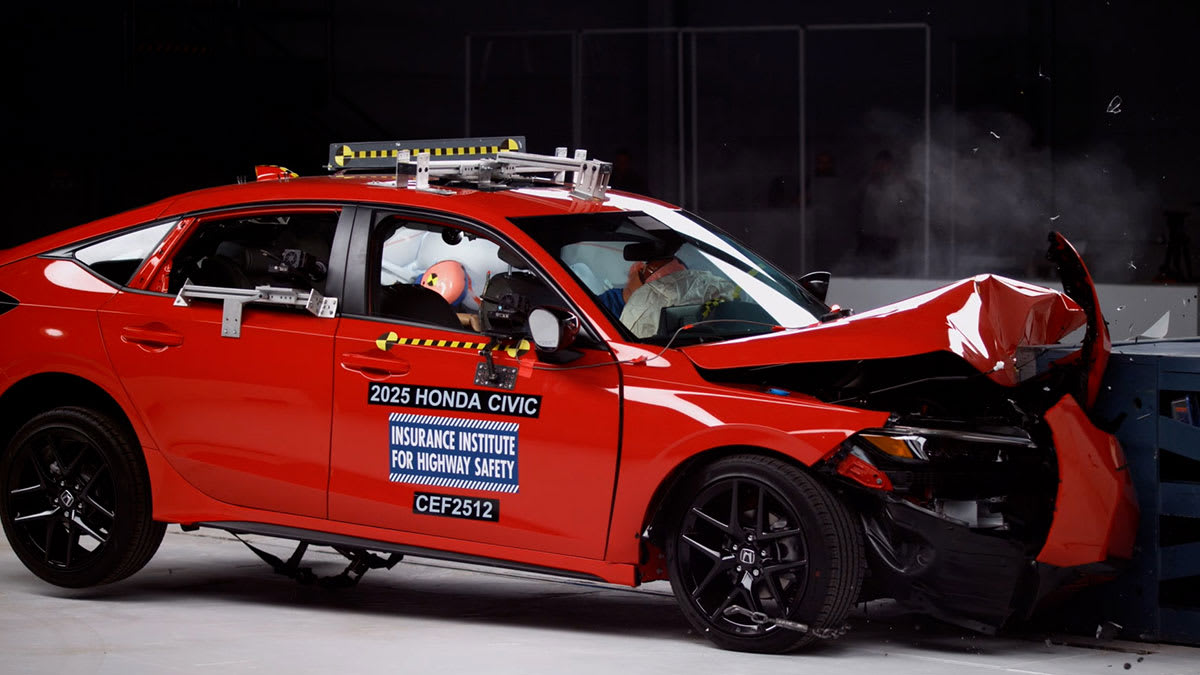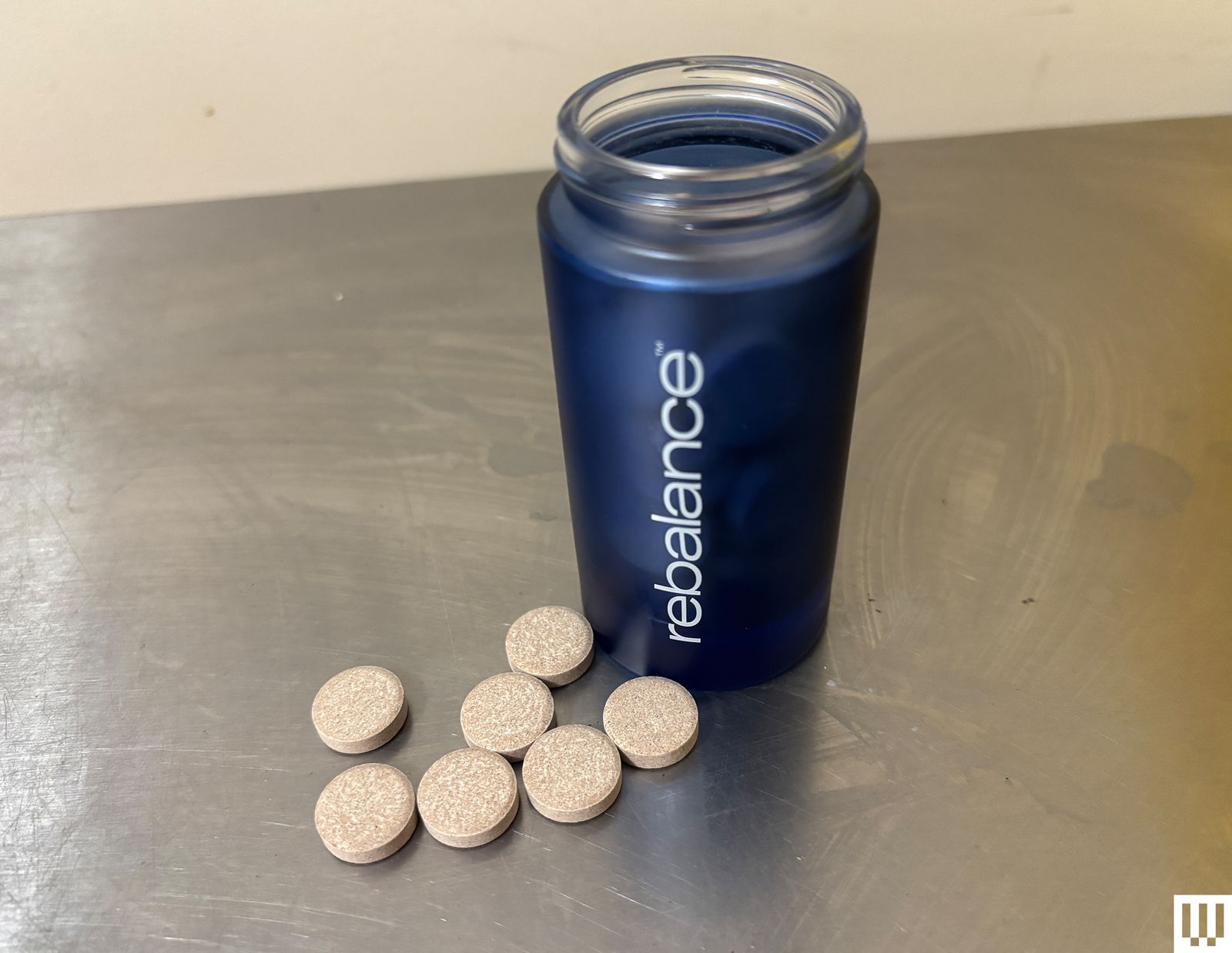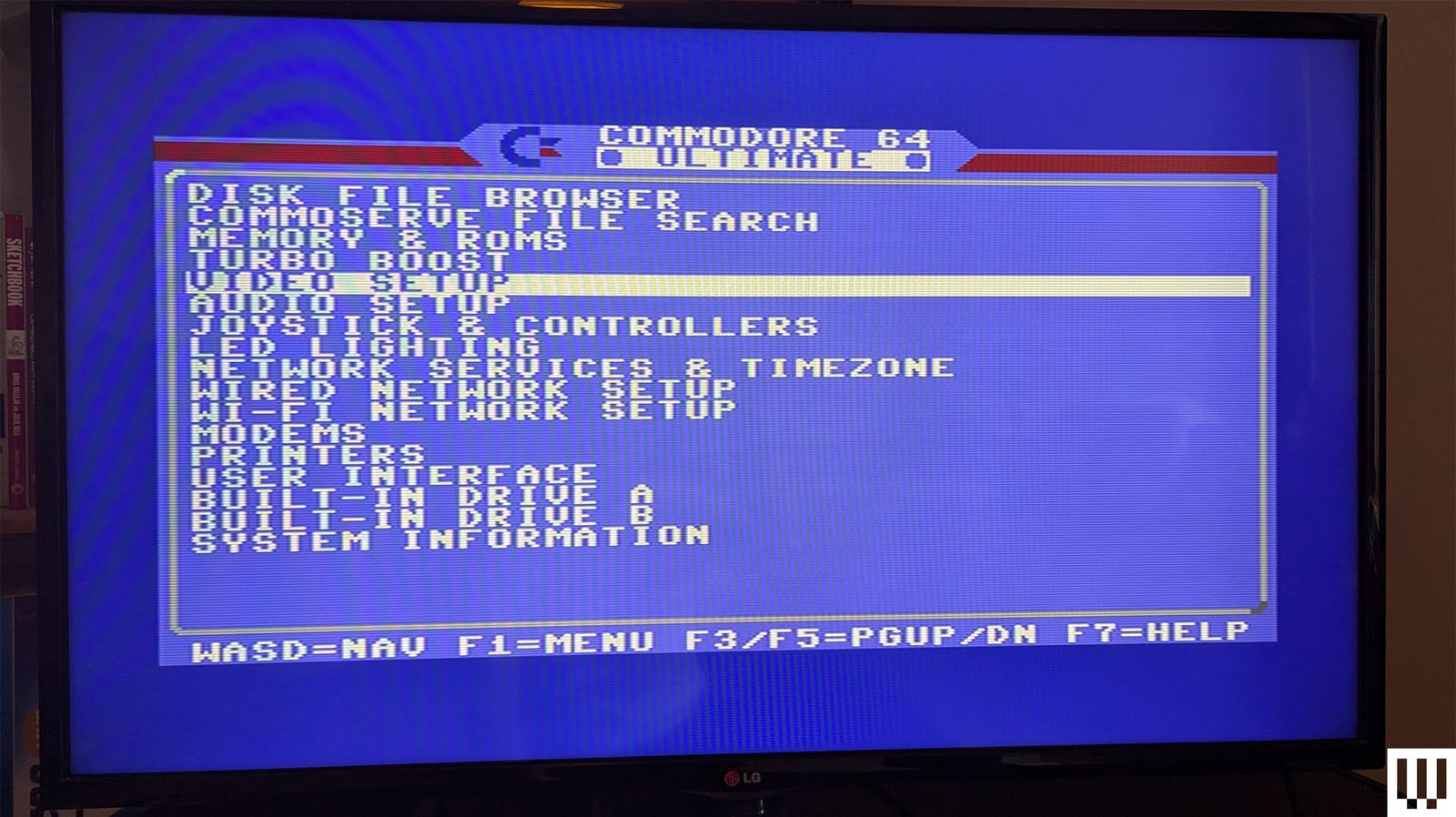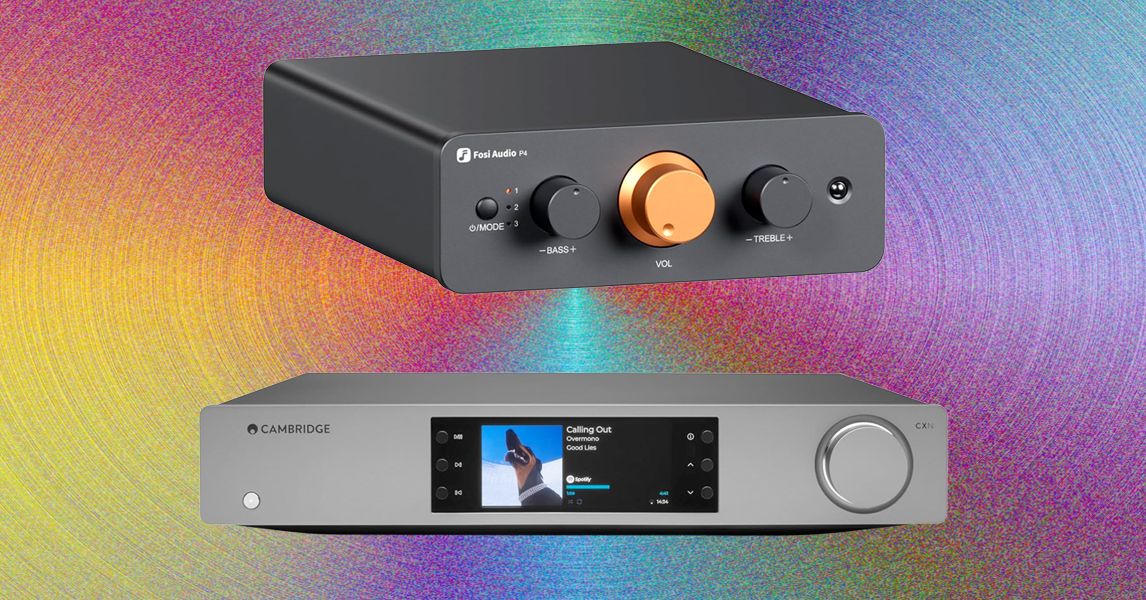
Notably, this year’s list doesn’t include any minivans, and only two pickups made the list, despite ongoing truck tests.
“That’s unfortunate, considering that minivans are marketed as family haulers, and extended cab and crew cab pickups are often used for that purpose,” David Harkey, president of the IIHS, said in a statement.
Incremental changes to crash tests usually reflect data from real-world crashes. The IIHS now does the moderate overlap crash test with a dummy in the seat behind the driver to evaluate rear-seat crash protection. The group added new performance criteria for rear-seat passenger and pedestrian protection in 2024, and included an updated side crash test in 2021.
Those changes are leading to safer cars because most automakers improve the crash safety of their vehicles over time to meet the more stringent testing requirements, says Jennifer Stockburger, director of operations at CR’s Auto Test Center.
“The IIHS tests challenge vehicles in new ways that better replicate real-world crashes and evaluate crash avoidance technologies,” she says. “Automakers usually respond by redesigning their vehicles to meet those challenges.”
Click through the model names to learn more about the cars, including how they performed in Consumer Reports’ dynamic tests, such as those for braking and emergency handling.









